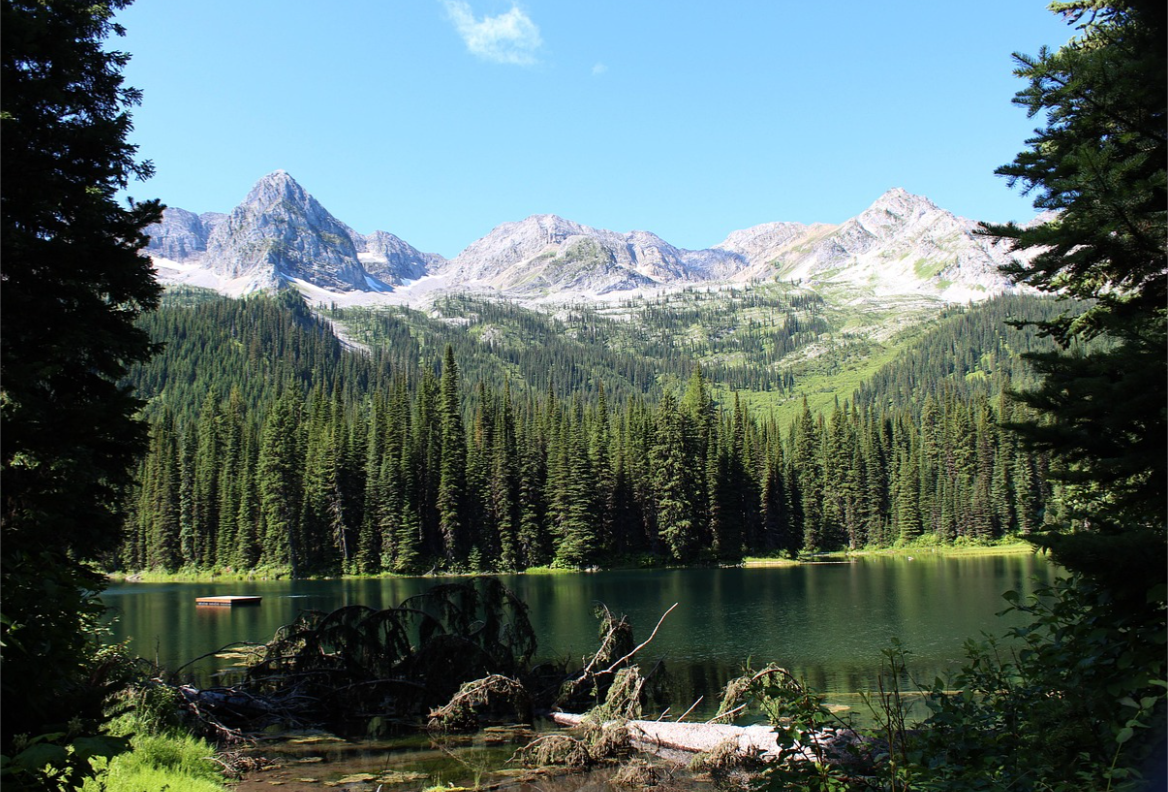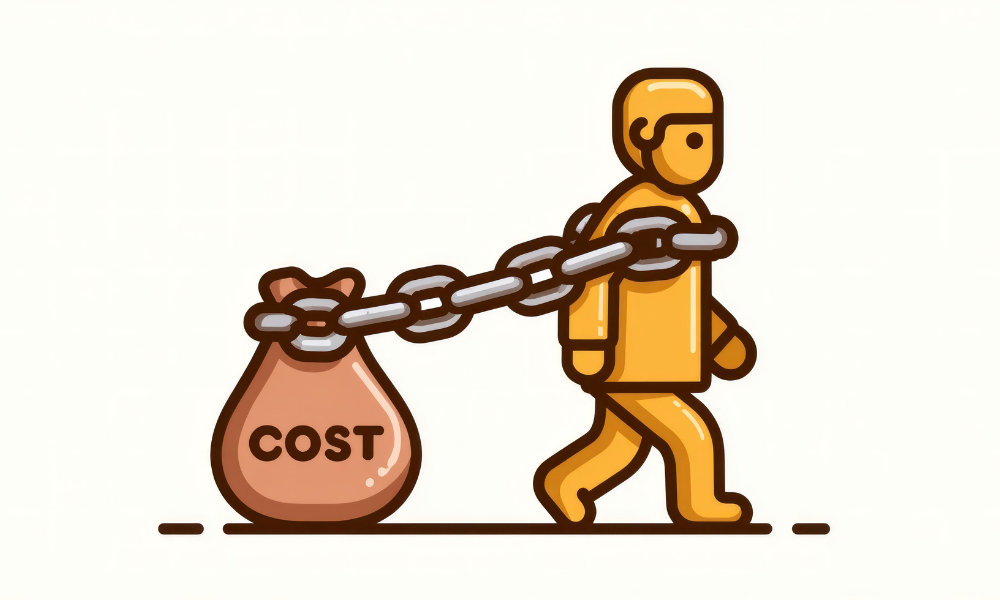A large portion of publicly owned provincial forestlands is found in British Columbia. It naturally follows that BC has the Forest and Range Practices Act. This is in recognition of the responsibility placed on BC in safeguarding Canada's forests.
The FRPA was created to balance the economic needs of the province with the sustainability of environmental resources. Simply put: the FRPA regulates the ability of authorized individuals to use publicly owned forestlands. The law has a wide scope and interacts with other laws, making it seem confusing at first.
This article will help create a more structured approach to the FRPA.
What is the forest and range practices act in BC?
The Forest and Range Practices Act (FRPA) governs activities in forestland and rangelands. It came into effect on January 31, 2004, replacing the 1995 Forest Practices Code. It works with other legislation such as the Forest Act and the Range Act in regulating the use of forestry.
Scope of the act
The Forest and Range Practices Act regulates activities such as:
- forest planning
- road building
- timber harvesting or logging
- reforestation
- livestock grazing
All these are specific to public forest lands (or provincial Crown land) in British Columbia. The province is responsible for ensuring that the FRPA is followed by:
-
publicizing and implementing laws protecting forest resources against illegal and exploitative harvesting
-
issuing licences or permits for harvesting forest resources
-
implementing other practices to ensure the sustainability of these public forest lands
Who are affected by FRPA
The FRPA applies to holders of licences, permits, or arrangements under the Forest Act and the Range Act. This also includes permits issued for woodlot and tree farms on private lands. These licences may be issued to individuals or businesses.
Here’s an overview of the issuances under the Forest Act and Range Act:
|
Forest Act |
Range Act |
|---|---|
|
Forest licence |
Grazing licence |
|
Timber licence |
Grazing permit |
|
Timber sale licence |
Hay cutting licence |
|
Tree farm licence |
Hay cutting permit |
|
Community forest agreement |
|
|
Woodlot licence |
|
|
Licence to cut or forestry licence to cut |
|
|
Free use permit |
|
|
Christmas tree permit |
|
|
Road permit |
|
The distinction between the two is obvious. The Forest Act is primarily focused on the responsible management or stewardship of forests. This focuses on farming and harvesting timber. The Range Act, meanwhile, is for the management of grasslands where cattle or other livestock may graze.
In both cases, the government’s policies are built to ensure that these ecosystems won’t be abused. The intention is to regulate their use through the Forest and Range Practices Act so that replenishment is possible.
Requirements under the Forest and Range Practices Act
The Forest and Range Practices Act introduces another layer of compliance for holders of permits and licences under the Forest Act and the Range Act. Depending on the source of authority, the holder must submit a plan containing required information such as how the property will be used.
The plan to be submitted could either be a Forest Stewardship Plan, a Range Stewardship Plan, a Range Plan, or others. Here’s a more in-depth look at these plans.
Forest Stewardship Plan (FSP)
The FSP must contain a map that shows the boundaries of all forest development units. It should also specify the intended strategies or results in connection with the government’s objectives. The plan must also satisfy the requirement of timber harvesting rights enforced by the government.
The FSP must be approved by the Minister in cases when the subject land is outside a forest landscape area. In this case, approval is necessary before its holder can do any of the following acts:
- applying for cutting permit for timber harvest
- actual timber harvest
- applying for a road permit covering the area
- actual road construction
FSPs under the Forest and Range Practices Act have expiration dates. The effectiveness of the plan must not be more than 5 years beginning from the date specified by the Minister upon approval. Extension is possible for another 5 years after complying with added regulations for extension. The scope of the extension may also change, subject to existing conditions.

Site plan
A Site plan is prepared together with the FSP in case there’s a cutblock before harvesting timber on the cutblock. It must also be prepared if a road is constructed before the start of timber harvesting.
This site plan must identify the location of the roads and cutblocks as well as mesh with the FSP. It should also state the intended strategies or results and how this works with the statements in the FSP.
Woodlot Licence Plan
A woodlot licence plan also requires the approval of the minister and should contain specific information. Like the FSP, it must include a map in a satisfactory scale and format. The boundaries of the area covered must be specified along with a statement on the intended results or strategies. Unlike an FSP, there are exceptions to this rule.
Under the Forest and Range Practices Act, the woodlot licence plan doesn’t have to be consistent with government objectives if the aims are about:
- landscape connectivity
- seral stage distribution
- retention of old forest
- temporal and spatial distribution of cutblocks
Upon plan approval, holders of a woodlot licence can do the following:
- apply for a cutting permit to harvest timber
- actual timber harvest
- apply for road permit to construct road
- actual road construction
The plan has a term of 10 years under the Forest and Range Practices Act. Extension by the Minister is possible for another 10 years.
Range Stewardship Plan (RSP)
Under the Forest and Range Practices Act, the RSP must include a map of an approved scale and format. The location must be specific; it should also include the kind of pasture that will be occupying the area. Goals under the plan must be consistent with the objectives set by the government.
Range Use Plan
Range Use Plan (RUP) has two types: grazing and cutting. Each requires a map that identifies the boundaries of the territory covered by the plan. It should also contain strategies consistent with the objectives of the government.
Here are the distinct requirements for each according to the Forest and Range Practices Act:
|
Range use for grazing |
Range use for cutting |
|---|---|
|
Specify type of range developments in the area |
Specify areas for hay cutting |
|
Specify the pasture |
Schedule of areas that will be used for hay cutting |
|
Include schedules for each pasture when grazing |
Average stubble height before being cut |
|
Livestock class |
Period of hay cutting |
|
Number of livestock |
Actions to resolve issues raised by the Minister, if any |
|
Period of use |
|
|
Actions to resolve issues raised by the Minister, if any |
|
Both a Range Plan and RSP have a term of 5 years counted from the date stated in the approval. It can be extended for another 5 years subject to compliance to additional requirements.
Distinctions among different plans
At first glance, these plans under the Forest and Range Practices Act may seem similar to each other. However, it’s important to understand the differences between each one prior to application. Having excellent environmental lawyers who understand the distinction can also help create a plan that will quickly gain approval.
Here’s a simple chart explaining the distinction between similar-sounding plans:
|
Forest Stewardship plan |
Site Plan |
Woodlot Licence |
|---|---|---|
|
Has a broader scope, allowing the holder to manage all resources within the area |
Specifically, for cutblock or road before harvesting timber |
Exclusive right to manage the area for timber harvests |
For range plans under the Forest and Range Practices Act, this guide should help:
|
Range Stewardship Plan |
Range Use Plan |
|---|---|
|
Has a broader scope and gives the holder more flexibility in managing resources within the area |
Limited for grazing or cutting specific pasture, depending on the plan |
Ultimately, stewardship plans have a broader scope and give the holder more freedom to use resources if they meet government objectives.
What are the laws for tree cutting in BC?
The Forest and Range Practices Act is one of the laws impacting tree cutting for BC residents. However, it’s not the only one. The FRPA is concerned with public forest lands and Crown lands. Private land is approached in a different manner.
Here are the principles for tree cutting in BC:
Public lands or Crown land
Persons or organizations cutting on public or Crown land must hold a licence under the Forest Act or the Range Act. However, the permit is just the first step; the holder must prepare a Forest Stewardship Plan or a similar document. After approval of the plan, licence holders may now apply for a permit to cut timber.
Private land
Generally, a permit is unnecessary for tree cutting on private land. However, different jurisdictions have assigned protected trees which come with additional requirements. In some instances, these trees are banned from being cut down.
The definition of protected tree varies per municipality. Here are just some of the ways municipalities define the term:
|
Parksville |
|---|
|
Any tree with a 50cm diameter or more |
|
A covenanted tree |
|
A nesting tree for an eagle or a great blue heron |
|
A tree located within 30m of the natural boundary of a watercourse or a top of a slope of 30 percent or more |
|
Duncan |
|---|
|
Designated tree species with a height of 2 metres or more or a diameter of 7cm. It must also be 15cm above natural grade. These species include the Garry oak, Pacific dogwood, Pacific yew, and more. |
|
The following trees species if they have a diameter at breast height (DBH) of 20cm: Douglas-fir, Western redcedar, Big leaf maple, and others specified |
|
Any tree with a DBH of 30cm or more |
|
Any replacement tree |
|
Any tree standing inside Environmental or Hazard Development Permit Area |
|
Tree planted or retained as a requirement in a subdivision application, building permit, or development permit |
This list is incomplete and may be changed. Consulting with the municipal authorities is important before any tree cutting in your specific location.
Ultimately, the goal of the Forest and Range Practices Act and related laws is to protect forests. There are precise requirements for what trees may or may not be cut down. Here’s a look at how BC is attempting to keep its old forests safe:
For more information about the Forest and Range Practices Act or related laws, you can look through our directory of Legal FAQs.
Private land adjacent to Crown land
Tree cutting close to Crown land must first undergo verification. The person cutting the tree must check that the tree falls within private property and not on Crown land. Only after verification can tree cutting be permitted.
What did the Forest and Range Practices Act change?
After the enactment of the Forest and Range Practices Act, the Ministry laid out changes that it would implement in line with the new provisions. Perhaps one of the most important changes is the participation of Indigenous People.
Under the Forest and Range Practices Act, Indigenous peoples play an important role in the preparation of the Forest Landscape Plan (FLP). This plan is made by the chief forester with a few things in mind:
- support of supply and production of timber within the forest landscape area
- managing the value place by Indigenous peoples on the forest ecosystem
- support the protection and conservation of the environment
- managing the value placed by local communities on the forest ecosystem
- prevent or mitigate the impact caused by disturbances to the forest
- adapt to the impact caused by disturbances to the forest
The role of Indigenous peoples
The Forest and Range Practices Act requires consultation with the Indigenous peoples affected by the possible FLP. This is done through the governing body of the Indigenous peoples. Working together, the chief forester and the governing body must establish a procedure for consultation and cooperation.
Here’s an explainer about the role of Indigenous peoples in environmental law:
Commitment to the environment
The Forest and Range Practices Act is one of the laws showing Canada’s commitment to environment-friendly practices. Other laws have been enacted related to this theme such as recent legislation about greenwashing of products in Canada. Companies that comply with laws regarding climate change are also viewed more favorably by recent legislation.
For other concerns regarding Canada’s forestry laws, consult with Lexpert-ranked best forestry lawyers in British Columbia.





